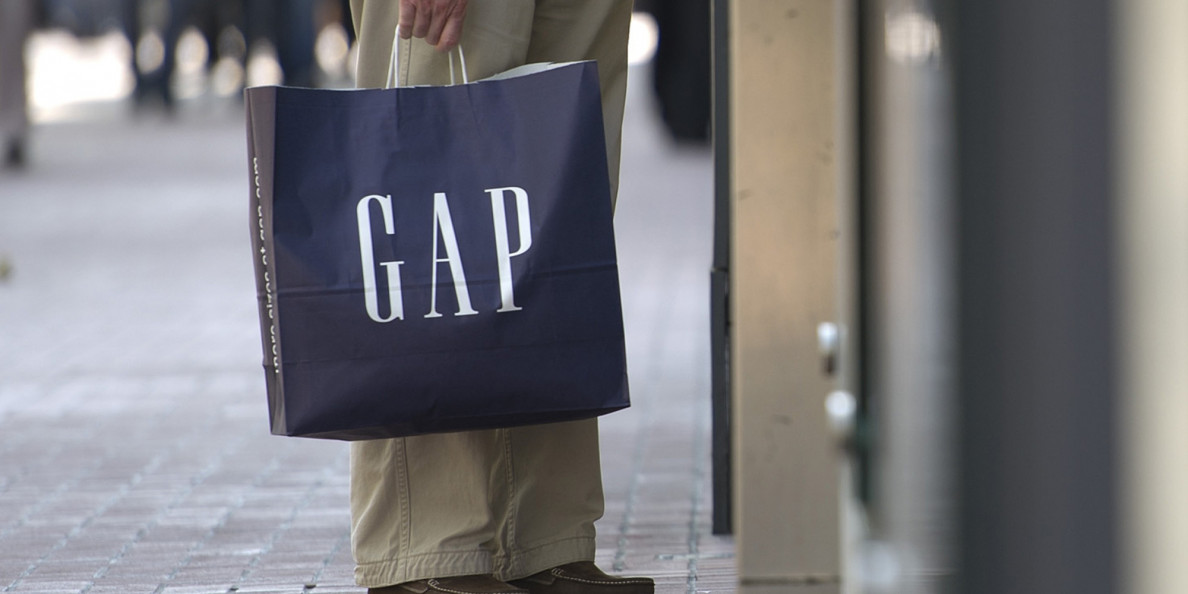Τhe apparel industry is one of the largest and most intensive users of water, and producing denim, in particular, is a resource-intensive process that apparel companies have been attempting to improve in recent years. Now, Gap Inc. is producing denim using a waterless, indigo foam-dyeing technique that can reduce water usage by up to 99% while also using 89% less chemicals and reducing energy usage by 65%, the company says.
The new dyeing process, called Dry Indigo, was developed over ten years of research from Gaston Foam Systems and Indigo Mills Designs. The foam-dyeing technique occurs in a space of less than 65 feet – compared to the hundreds of feet that is typically necessary for a traditional dyeing machine – thereby significantly reducing energy needs, Gap says. The fabric that is produced is comparable to traditionally dyed denim in terms of feel, performance and washability, according to the company.
Manufacturing of the fabric will be done at Saitex, a sustainable factory that recycles 98% of the water it uses.
The denim will be used in a special collection for men and women at Banana Republic stores in the spring of 2020.
Gap is working with supply chain partners to implement numerous water-saving initiatives. In 2016, the Gap brand introduced Washwell, a smart denim wash program that has enabled the company to save over 229 million liters of water when compared to conventional wash methods. The company recently announced it has saved 5.7 billion liters of water through combined efforts so far. Banana Republic will adopt the Washwell program in 2020.
Earlier this month, Gap announced that it will derive 100% of its cotton across all brands from sustainable sources by 2025. The initiative will include sourcing cotton from the Better Cotton Initiative (BCI) that is organic, recycled, and verified as American or Australian grown. By sourcing sustainably farmed and sourced cotton, the company says it is supporting farmers who use water efficiently through better irrigation practices. One pair of jeans uses an average of 1,600 gallons of water throughout its full lifecycle, and of that 64% is used for growing cotton, according to Gap.
And later in 2019, the company will begin rolling out a denim made with 5% post-consumer mechanically recycled cotton.
Source: environmentalleader.com

